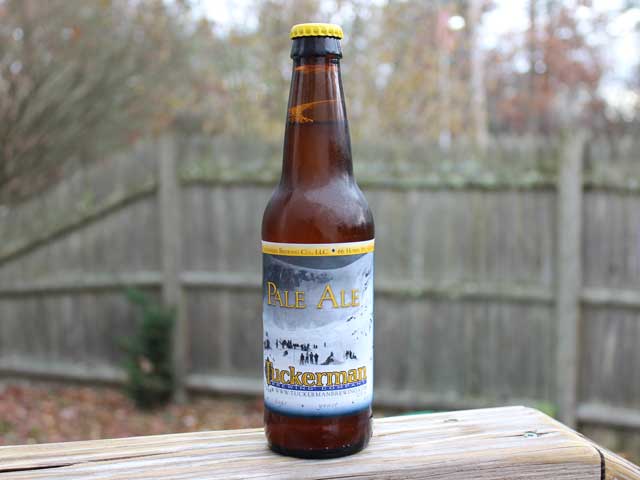What is Krausening?
Commercial brewers and homebrewers alike employ experimental and traditional brewing techniques to get their craft beer just right. One of those techniques, Krausening, is a traditional German approach that supports the goal of producing a "cleaner" beer.
Written by CraftJack | Updated | 1 min read
Interesting Tools
- Beer BrüMate Hopsulator
- Brewing Northern Brewer Beer Making Kit
- Spirit Crystal Whiskey Glasses
- Wine Wine Decanter/Aerator
Krausening is a method of carbonating beer by adding fresh wort to the beer before, during, or after fermentation. The addition of wort creates a higher concentration of sugars, which in turn creates more carbon dioxide, which creates a higher level of carbonation. Krausening was originally done by brewers to make the beer less likely to spoil during the long trip from the brewery to the consumer.
History of Krausening
Krausening has been used in brewing since the 16th century. The process is named after Anton Dreher, the inventor of the modern technique. A raised beer stein to you, good sir!

Krausening and Homebrew
Commercial brewers have far larger budgets than their homebrewing counterparts. As such, Krausening isn't always a favored (or budget-conscious) technique used by nanobreweries and DIY/Garage homebrewers.
Examples of Krausened Beer
German Altbier and Kolschs are two of the primary examples of beer that undergoes the krausening process. Commercial examples include:
- Anchor Steam Beer
- Tuckerman Brewing Company Pale Ale
